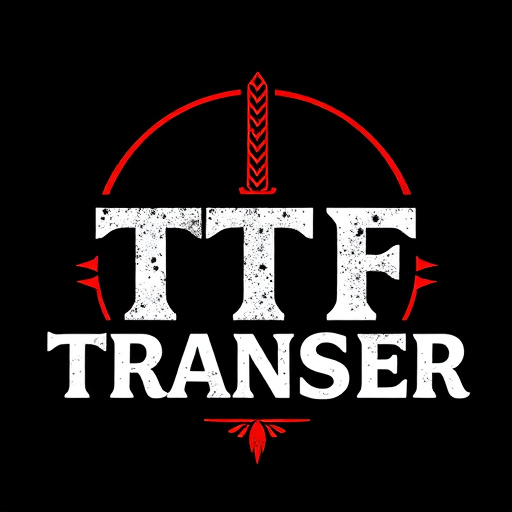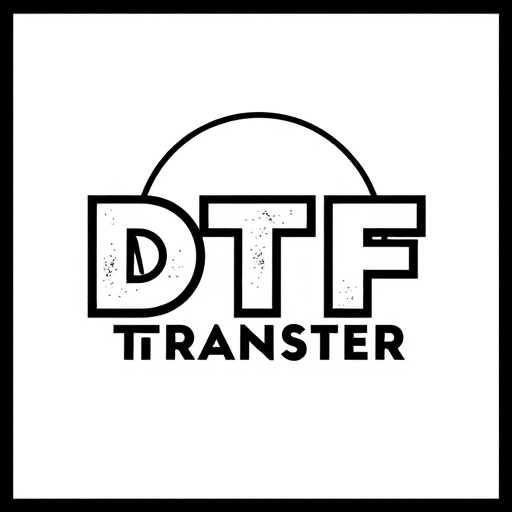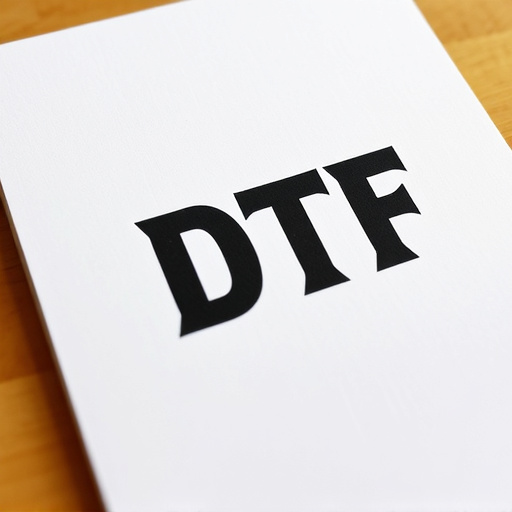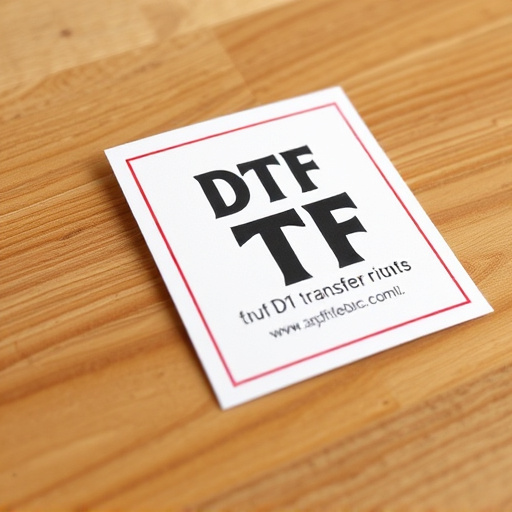Categorizing Direct-to-Film Transfers by Dimensional Measurements for Optimal DTF Printing
Direct-to-film (DTF) transfers have revolutionized printing with their ability to precisely transfer…….
In today’s interconnected world, understanding the nuances of international financial flows is more critical than ever. Among these, Direct Transfer Factor (DTF) transfers by size stand out as a dynamic aspect of global economic interaction. This article aims to provide an in-depth exploration of DTF transfers by size, their mechanisms, impact, and future potential. By delving into various facets, from definitions and historical context to regional influences and technological advancements, readers will gain a comprehensive grasp of this intricate financial concept.
DTF transfers, or Direct Transfer Factors, refer to a system that facilitates the transfer of funds between entities in different jurisdictions without intermediate banks or financial institutions. The ‘size’ aspect quantifies these transactions based on their monetary value. This method streamlines international money movements, offering faster and potentially more cost-effective alternatives to traditional remittance channels.
Key components include:
The concept of DTF transfers has evolved over time, driven by advancements in technology and a growing demand for faster, more efficient international money movements. Historically, remittance services were dominated by banks, often involving cumbersome processes and high fees. The advent of digital technologies and blockchain innovation sparked a revolution, paving the way for peer-to-peer (P2P) transfer platforms that could process transactions directly between individuals.
Early pioneers in this space included companies like Wise (formerly TransferWise), which introduced transparent fee structures and real-time exchange rates, challenging traditional banks’ dominance. As technology advanced, blockchain-based DTF systems emerged, leveraging decentralized networks to enhance security, reduce fees, and speed up transactions.
DTF transfers by size have a significant global impact, particularly in regions with large diaspora populations or high levels of cross-border trade. They empower individuals to send and receive funds internationally more efficiently and at lower costs. For instance, in developing countries, DTF platforms can provide access to financial services for the unbanked or underbanked, facilitating remittances from expatriates.
The DTF market is characterized by intense competition, with various players offering unique features to attract users. Key factors driving market dynamics include:
Investment in DTF technologies has been substantial, driven by the potential for significant market growth. Venture capital firms and angel investors have backed innovative startups, fueling technological advancements. The focus is on improving efficiency, security, and user experience to capture a larger share of the global remittance market, estimated at over $700 billion in 2021.
Blockchain technology has revolutionized DTF transfers by providing a secure, transparent, and decentralized framework. Smart contracts automate processes, ensuring faster and more efficient transactions. Cryptocurrencies, native to blockchain networks, offer real-time transfer capabilities and potentially lower fees. Platforms like Ripple and Stellar leverage blockchain to facilitate cross-border payments, with some even enabling instant money transfers.
To enhance security, DTF platforms are adopting biometric authentication methods, such as facial recognition or fingerprint scanning, for user verification. This ensures that funds are transferred to the intended recipient, reducing fraud and scams.
Artificial Intelligence (AI) and Machine Learning (ML) algorithms play a crucial role in predicting exchange rate fluctuations, optimizing transaction routes, and personalizing user experiences. These technologies enable platforms to offer dynamic pricing and tailored financial services.
The regulatory environment for DTF transfers varies across jurisdictions, presenting both opportunities and challenges. While favorable regulations encourage innovation and market growth, stringent rules can hinder new entrants. Key considerations include:
The future of DTF transfers by size looks promising, driven by ongoing technological innovations and a growing demand for efficient international money movements. Key trends include:
DTF transfers by size represent a significant evolution in international money movements, offering faster, more cost-effective, and accessible alternatives to traditional banking channels. With technological advancements, regulatory clarity, and growing user awareness, the future looks bright for this dynamic sector. As global financial inclusion goals gain momentum, DTF platforms are poised to play a pivotal role in connecting individuals across borders, fostering economic growth, and empowering financial autonomy.

Direct-to-film (DTF) transfers have revolutionized printing with their ability to precisely transfer…….

Direct-to-film (DTF) transfers revolutionize 3D printing with unparalleled precision and quality. Di…….

Direct-to-film (DTF) transfers digitally capture and replicate film content onto physical stock, off…….

Direct-to-Film (DTF) technology is transforming the film industry by bridging analog aesthetics with…….

Direct-to-film (DTF) printing, a cutting-edge technology, offers precise transfers onto various surf…….

Direct-to-film (DTF) printing offers cutting-edge quality for art, photography, and commercial appli…….

Direct-to-Film (DTF) transfers represent a groundbreaking method of preserving film integrity by dig…….

Direct-to-film (DTF) prints represent a revolutionary approach to high-quality, large-format imaging…….

Direct-to-film (DTF) transfers revolutionize cinematography by bypassing digital intermediary steps,…….